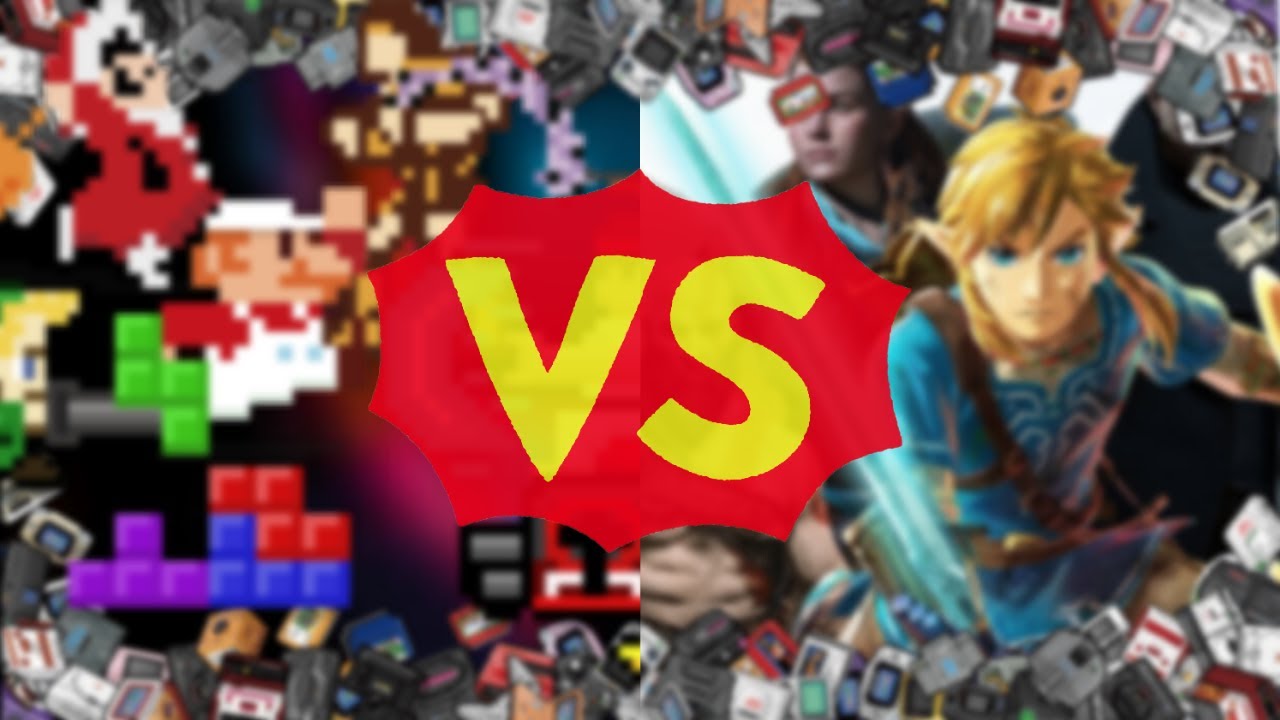
Retro vs Modern: Which Game Style Actually Makes You a Better Gamer
Cherry Games – In the world of gaming, one debate refuses to die: retro vs modern game style. While today’s gamers bask in photorealistic graphics, cinematic storytelling, and cloud-powered multiplayer, many still long for the pixelated charm and brutal simplicity of classic titles from the 80s and 90s. But here’s the twist—this isn’t just about preference. What if one of these styles actually makes you a better gamer?
As the gaming industry evolves, so do the skills it demands. The question isn’t simply which is more fun—it’s which develops more adaptable, strategic, and sharp-minded players. To answer that, we need to look beyond aesthetics and nostalgia. Let’s dive into what each style offers in terms of player growth, reflex building, and cognitive challenge.
Retro games—think Contra, Mega Man, or even Flash-based classics like Motherload—were built during a time of limited technology but unlimited challenge. Levels were short, but punishing. Lives were few, and mistakes were costly. No checkpoints, no generous tutorials, and no online guides waiting to rescue you.
This structure demanded intense focus, memorization, and trial-and-error persistence. Gamers had to read patterns, anticipate enemy movement, and adapt quickly. Button-mashing wouldn’t save you; timing and spatial awareness would.
In many ways, retro games trained players to build fundamental skills: hand-eye coordination, real-time decision-making, and mechanical precision. These games weren’t about fluff—they were digital obstacle courses that honed raw reflexes and mental discipline.
Now enter the modern era of gaming. From open-world giants like Elden Ring and GTA V to competitive arenas like Valorant and Apex Legends, modern games bring complexity to an entirely different level. Players aren’t just moving side-to-side; they’re managing resources, reading maps, mastering physics systems, and often working within team dynamics.
The learning curve has shifted from twitch reflexes to layered systems: skill trees, decision trees, combat mechanics, character roles, and psychological play. In this landscape, better gaming means being a strategist, not just a reactor.
Additionally, modern games reward long-term thinking. Players must understand meta strategies, optimize character builds, and engage in cooperative play. Communication and situational awareness are critical. In short, modern titles encourage adaptability and high-level thinking.
One fascinating aspect of the retro vs modern game style debate is how game design itself shapes your brain. Retro games tend to have linear, progressively harder levels, which helps build grit and muscle memory. Meanwhile, modern games emphasize choice, exploration, and learning curves that stretch across dozens (sometimes hundreds) of hours.
Psychologists studying gaming often point out that games with immediate feedback and a high skill ceiling (like many retro games) are excellent for sharpening focus and learning from failure. Meanwhile, games that require strategy, planning, and collaboration (hallmarks of modern gaming) develop problem-solving, teamwork, and long-term goal setting.
So, which one is “better”? It depends on the kind of gamer you want to become.
In the competitive scene, we often see veterans of retro gaming excel at reflex-heavy genres like bullet hells or 2D fighters. Their motor skills are highly tuned, and they’re unafraid of failure—because that’s how they learned in the 8-bit era.
Conversely, esports players from games like League of Legends, Dota 2, or Rainbow Six Siege thrive on real-time strategy, map control, and information management. These skills, while less flashy, require mental stamina, multitasking, and reading human behavior under pressure.
Interestingly, players who started on retro games often bring their discipline and focus into modern competitive environments—and it shows in their play. Meanwhile, those who grow up with complex modern titles tend to be more versatile and collaborative gamers.
Many streamers and game developers agree that the retro vs modern game style argument misses one key insight: the best gamers are those who experience both.
Developers of indie titles like Celeste and Shovel Knight often cite retro mechanics as foundational, even when building modern narratives. Streamers who bounce between retro challenges and modern Battle Royales report that each style sharpens different aspects of their performance.
If you want precision? Play retro. If you want strategic thinking? Dive into modern. But if you want to be the kind of gamer who stands out—do both.
So, which game style actually makes you a better gamer? The answer isn’t binary. Retro games sharpen your reflexes, mental toughness, and mechanical precision. Modern games build your strategic mind, adaptability, and social coordination. Each style offers a different lens through which gaming mastery is shaped.
In the end, the smartest approach is not choosing a side—but embracing both worlds. The retro classics will keep your hands sharp. The modern epics will train your mind for the long game. And together, they form the ultimate training ground for gamers who want more than just wins—they want wisdom.
Cherry Games - Veteran gamers are turning back to classic flash games revisit sessions as preservation efforts keep browser legends…
Cherry Games - The flashpoint lost games archive is rapidly becoming the main refuge for classic web games after Flash…
Cherry Games - Fans of classic titles are turning to retro browser game night sessions to reconnect with friends through…
Cherry Games highlights some of the best free online games that fit perfectly into quick five-minute breaks at work or…
Cherry Games GTA 6 fake gameplay videos generated with AI are spreading fast and many fans are now unsure which…
Cherry Games memberikan panduan leveling cepat game RPG dengan fokus pada strategi, efisiensi waktu, dan pemilihan aktivitas paling menguntungkan agar…